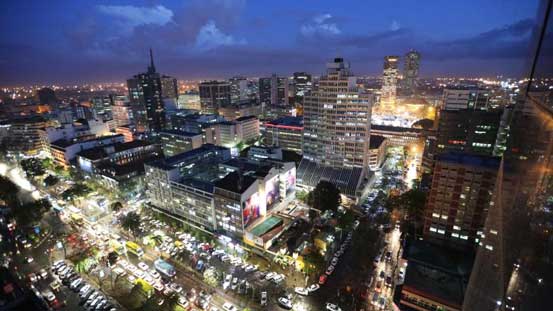×
The Standard e-Paper
Truth Without Fear

NAIROBI, KENYA: Like many developing countries, Kenya has implemented many visions, programmes and even clarion calls intended to put it squarely on the path to development.
As a young man, I heard about water for all by the year 2000. Then, 2000 seemed like a lifetime. Yet, today in 2017, Kenya is facing a water crisis: access to safe water supplies throughout Kenya is only at 59 per cent.